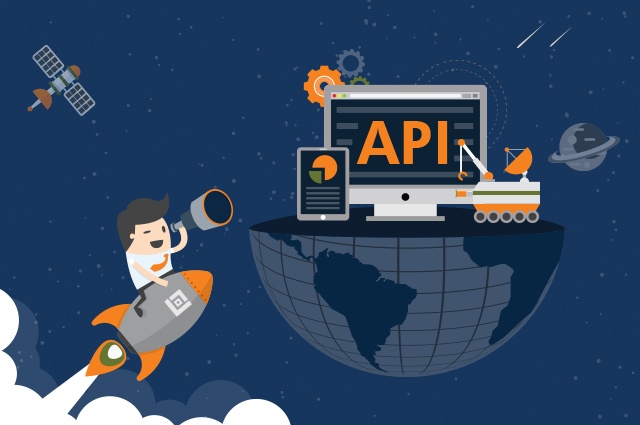In modern software development, testers work in compressed cycles, and automate regression tests to save costs, time and effort. Insprint test automation provides an ideal development scenario, wherein, the entire process from creation to implementation and performance reporting of a software product happens in one sprint.
QASource Blog
In our blog, we take a deep dive into the latest QA strategies, methodologies, and industry best practices driving the world of quality assurance. Follow our blog to get new ideas as to how to effectively deliver high-quality, bug-free software products, websites, and applications, while keeping costs low.

APIs have become an essential foundation to drive modern applications. Mobile apps now use standard interfaces to integrate with back-end systems and IoT devices talk to each other as well as third-party applications - all through APIs.
API vulnerabilities are potentially devastating. The programming interfaces at the heart of our internet-connected world shuttle data blindly, dependent entirely on the coding and testing standards that went into their development. The safety and security of your users’ data—and, therefore, your own reputation and brand quality—rest solely on the resources you put into testing the application. It is a high-stakes issue, one that has compromised and embarrassed some of the biggest companies in the world.
“I want it all, and I want it now.” Isn’t that the sentiment you most want to express when you assess your release cycle? After all, you’re just craving quality and speed. One of the biggest benefits of automated API test integration is that you get a quality product quickly. It also lets you stay focused on meeting your own standards for quality, functionality, reliability, performance, and security. Just how quickly you’ll see those benefits depends on choosing the right partner. But the speed advantage means faster bug fixes and faster time to market for your product. Let’s look at some of the other ways it can help keep your product on schedule and within budget.
APIs, or Application Program Interfaces, have become an integral way of connecting people, their devices, and the information they need. They allow different applications to interact with one another and transfer data back and forth—they’re the main vein for app integrations and single sign-on functionality, and are essential to the rise of the Internet of Things (IoT). There are plenty of benefits and advantages to API testing, but the high-level ones that matter most to engineering teams and the larger business are improved test cycle coverage, better Agile processes between dev and QA teams, huge time savings, and the ability to test the application in any core language.
A few years back, the trend was mobile first, followed by the web, and then came the APIs. Today, the trends have inclined towards APIs first, then mobile, and finally the web.
Written by QA Experts
QASource Blog, for executives and engineers, shares QA strategies, methodologies, and new ideas to inform and help effectively deliver quality products, websites and applications.
Categories
Authors
Our bloggers are the test management experts at QASource. They are executives, QA managers, team leads, and testing practitioners. Their combined experience exceeds 100 years and they know how to optimize QA efforts in a variety of industries, domains, tools, and technologies.





